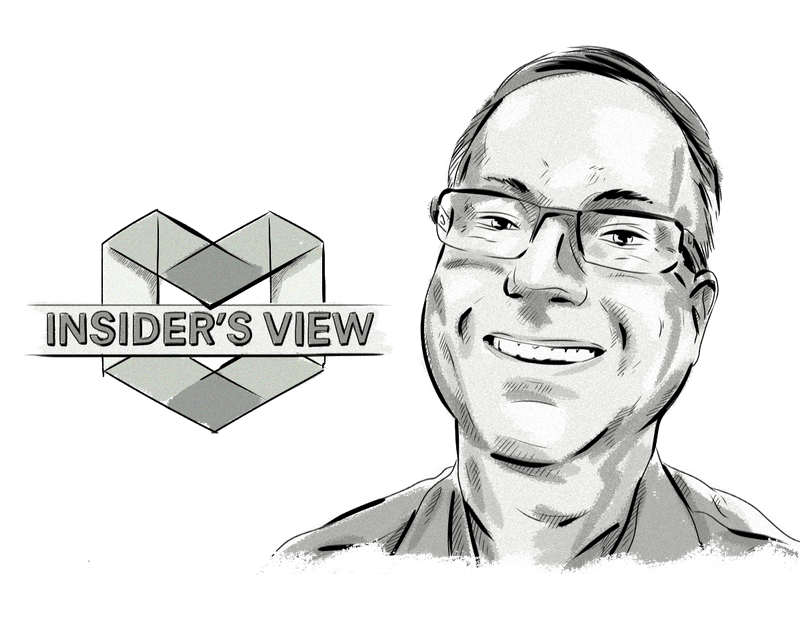If there’s one “household” name on the marketing technology scene, it is Scott Brinker. The publication of his yearly Marketing Technology Landscape Supergraphic is a major event, as is the annual MarTech conference series he helps organize.
We caught up with Scott and asked him to share his insights into the dynamic world of MarTech, its current state and future prospects.
1. Can you tell us a bit about your background and expertise in the Ad Tech and MarTech industries?
My entire career has been at the intersection of marketing and software development — either building software for marketers or helping software developers market their products. I’m a software engineer by training, but I have a deep passion for the art and science of marketing.
Eight years ago, I started a blog, chiefmartec.com, to explore the increasing collisions and overlap between these two fields. I maintain the marketing technology landscape to track and catalog the thousands of software products that have been built for marketers. I’m the program chair of the MarTech conference series. And I’m the author of the book Hacking Marketing that adapts concepts from the software world — such as agile management methods — to the marketing profession.
2. What is the mission of chiefmartec.com and what are you responsible for?
The entanglement of marketing and software is a source of unlimited learning and discovery. There is so much innovation happening today in how marketers harness the power of technology to find and engage with customers in new and better ways. It’s an exciting yet daunting time to be a marketer. Fantastical and frightening, I’d say.
My mission with chiefmartec.com is to learn as much about these evolving dynamics in modern marketing as I can and share them with my readers — and invite them to teach me from their experience in turn. I think of it as more of a community than a publication. We’re a band of tech-savvy marketers and marketing-savvy techies figuring out the future as we go. It’s a wild journey.
3. What have been some of the biggest changes in Ad Tech/MarTech that you’ve seen over the past 5-10 years?
The biggest change externally in marketing, in my opinion, has been the grand shift of the profession from crafting communications to architecting experiences. Marketing isn’t just about what we say to whom. It’s also about the function and flow we provide prospects and customers at a myriad of digital and physical touch-points, where each of those experiences contributes to the real definition of our brand, in people’s minds as well as their remarks about us in reviews and social media.
Are we delighting our audience at every step of their journey with us? That’s a massively larger mission for marketing. This shift in our profession was triggered by technology — mostly by innovations in consumer-oriented technology. But thankfully it’s been the rise of AdTech and MarTech software that’s helping us to serve these new experience-led customer expectations. That’s really the overarching theme of AdTech and MarTech today: customer-centricity.
The biggest change internally in marketing has been the incorporation of technical talent into the ranks of the modern marketing team. This was the natural outcome of marketing becoming a software-powered discipline, thanks to the explosion of AdTech and MarTech. Five years ago, it was shadow IT. Today, marketing technologists are recognized and respected multi-disciplinary professionals.
4. What are some of the current trends in AdTech/MarTech?
Heterogeneous marketing tech stacks are here to stay for the foreseeable future. There is no “one marketing cloud to rule them all.” Of course, there are larger platforms and smaller niche products. But most marketers use a variety of AdTech and MarTech tools — and they’re becoming increasingly comfortable doing so.
This is driving demand for better integration between products. Platform ecosystems are growing. Third-party cloud integration services such as Zapier, Signal, and Bedrock Data are increasing in popular. Good APIs are becoming a key dimension on which products are evaluated. The marketing technology landscape is becoming a lot more interconnected.
Perhaps the most interesting trend underway is the embedding of more artificial intelligence features within AdTech and MarTech products. Machine learning has reached a level of maturity where it’s being applied in more and more practical use cases in marketing. The promise is that software intelligence will help relieve some of the burden from us of managing the sheer scale and complexity of modern marketing. It’s got a long ways to go, but it’s progressing quickly. Definitely a trend to watch in 2017.
5. What do you see as the biggest challenges that Ad Tech/MarTech face today?
The rapid advance of all this technology has outstripped the ability of most organizations to effectively absorb it into their culture, mindset, and operations. This is the dilemma of Martec’s Law: technology changes exponentially, but organizations change logarithmically. This increases the stakes for companies to be very deliberate in choosing which changes they embrace — and when — and to develop the organizational agility to manage “change” as an ongoing state, not a one-time project.
6. The number of new marketing solutions entering the market increases, do you think this will continue or will it eventually move towards consolidation?
I’m tempted to say that it doesn’t matter. There are certainly strong forces for consolidation at work, but there remains a healthy engine of entrepreneurial innovation that keeps bringing new products and services to market too.
But whether it grows or shrinks, it seems unlikely that the market is going to consolidate dramatically in the next several years. We’re not going to collapse from 5,000 marketing technologies to 50. So, if you accept that we’re living in a world of 1,000+ marketing technology solutions for the foreseeable future, then the exact count doesn’t make much difference.
What matters is that marketers seek coherence in their marketing stacks. The particular set of AdTech and MarTech tools that a business adopts must fit their needs to effectively find and engage prospects and customers. Focus on capabilities, outcomes, customer happiness, and marketer happiness — not the number of discrete tools that contribute to those objectives.
Questions, queries, comments?
Join the conversation about this post on Facebook, Twitter, and LinkedIn.








